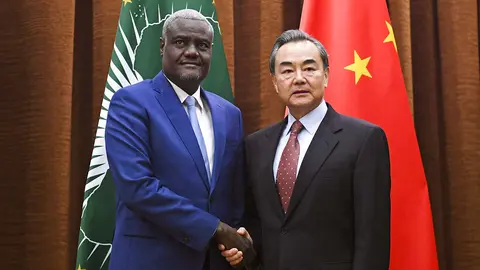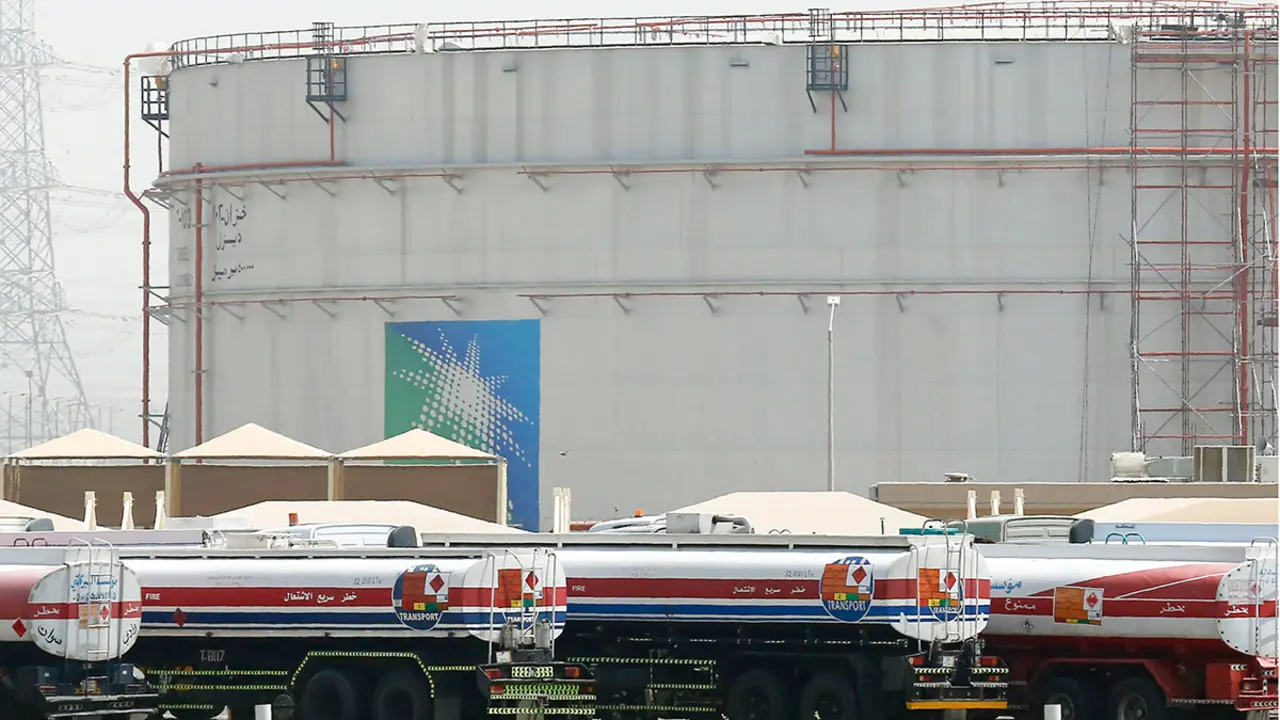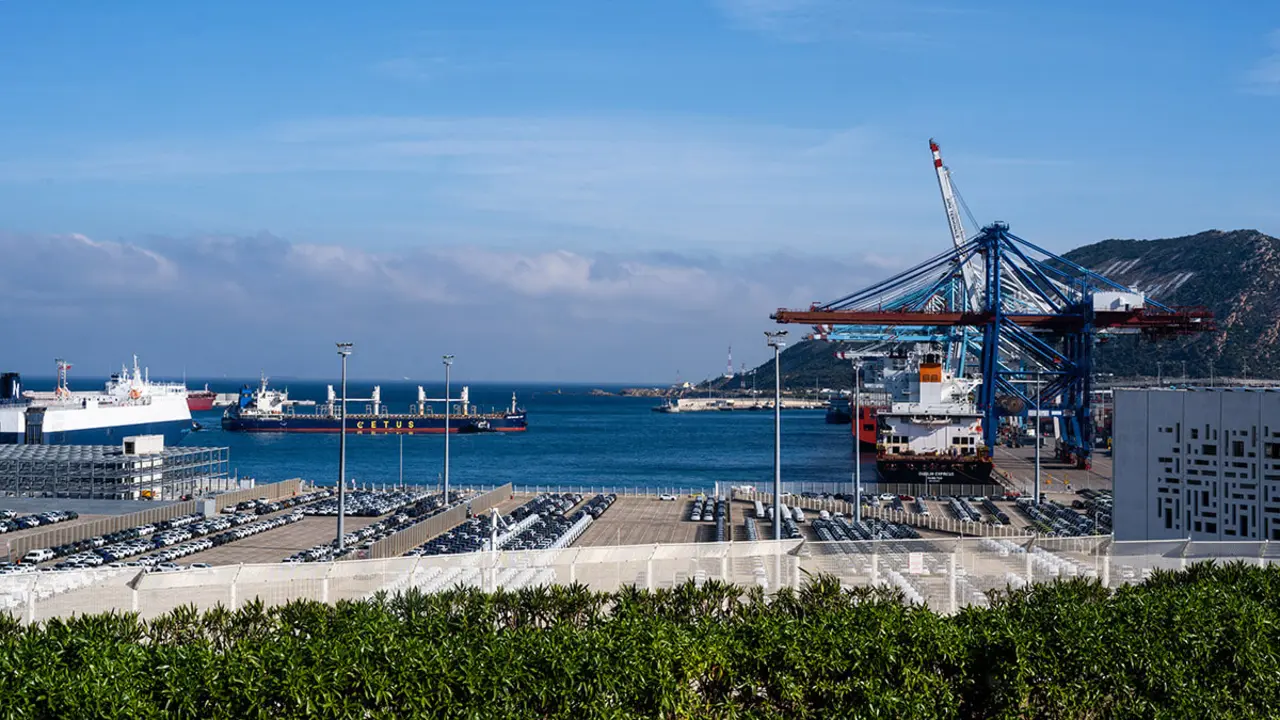Canada imposes 100 per cent tariffs on Chinese electric cars, raising tensions with Beijing
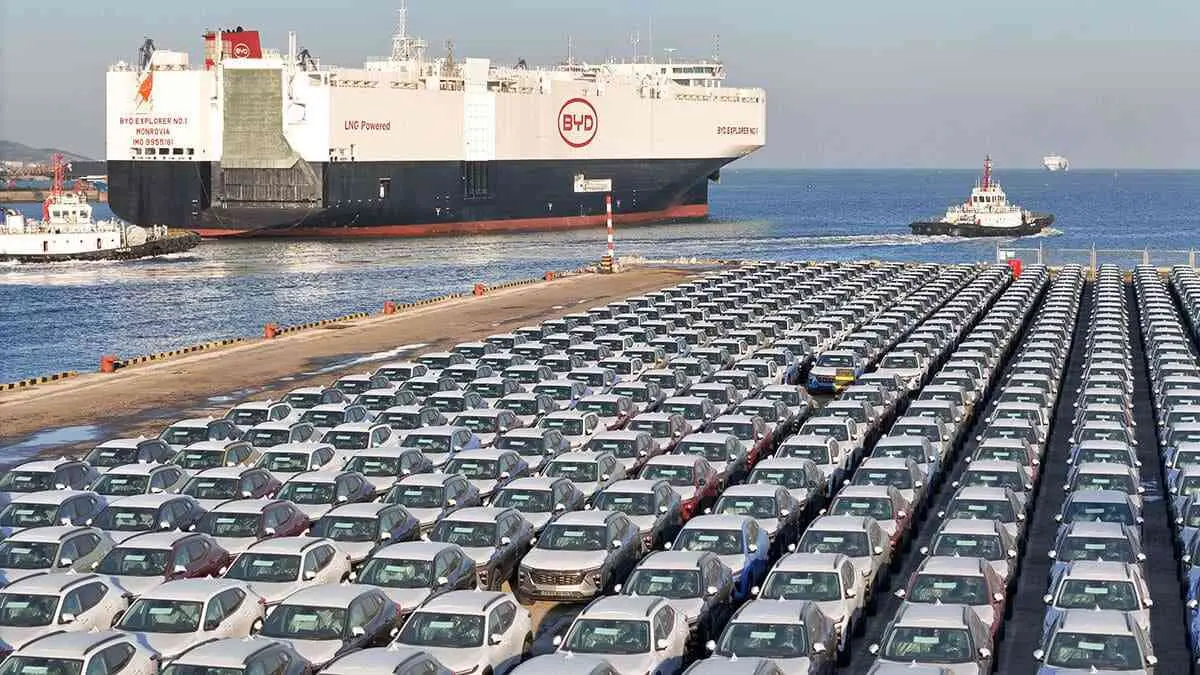
Canada has decided to impose a 100 % tariff on imports of electric cars from China as of October, a move that has deeply upset Beijing. Canadian Prime Minister Justin Trudeau explained that this decision is in line with US policies to curb the entry of subsidised Chinese vehicles into North America. Trudeau accused China of not complying with the environmental and labour standards respected by other countries, which, according to him, has justified the need to take additional measures, such as a 25 % tax on steel and aluminium imports from the Asian giant.
In this context of growing trade tensions, both the United States and the European Union have imposed similar tariffs of 100 % and 38 %, respectively, on Chinese electric cars, with the aim of protecting their local industries from Chinese competition.
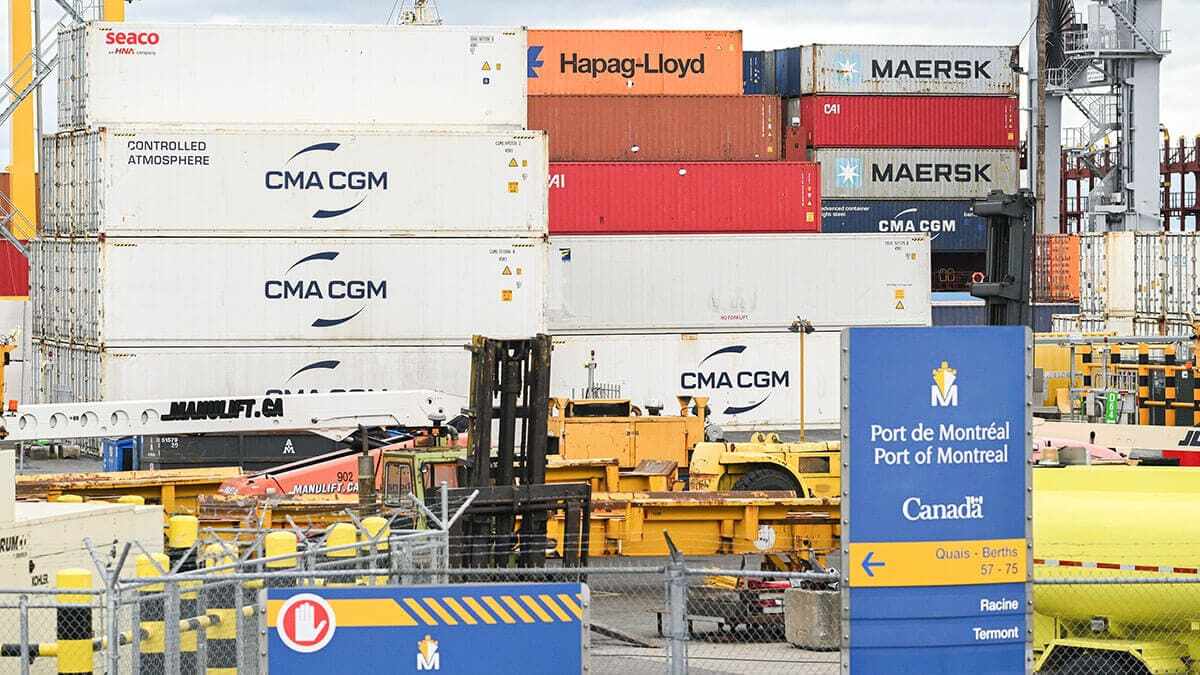
Vehicle trade between China and Canada has increased significantly, from less than C$100 million in 2022 to C$2.2 billion in 2023 (about €1.436 billion). As Al Arab points out, this increase is partly due to the start of shipments of Tesla's Model Y from its Shanghai factory to the port of Vancouver, which has boosted the flow of Chinese cars to Canada.
To protect its auto industry, which employs more than 125,000 people, the Canadian government has invested significantly in the transition to electric vehicles and the creation of a domestic supply chain for batteries. This approach, which has attracted major companies such as Goodyear Tire, Honda, Stellantis and Volkswagen, resembles the US strategy, backed by the Inflation Reduction Act, which promotes green manufacturing.
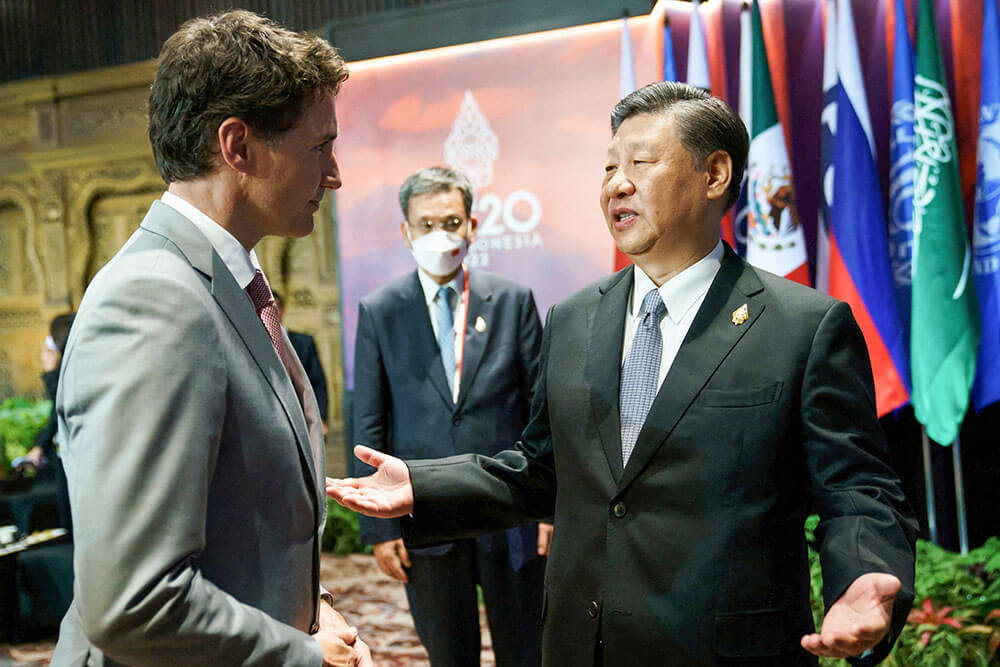
Trudeau, during a press conference in Halifax, stressed that China's overproduction of electric cars, coupled with extensive government subsidies, requires a firm response from Canada to avoid a ‘race to the bottom’. According to him, the new tariffs are a reaction to what he considers an ‘extraordinary threat’ to the Canadian economy.
For its part, China has reacted with outrage to the move, expressing its ‘strong opposition’ and warning that it will take ‘all necessary measures’ to protect its interests. Beijing has also signalled that it may investigate possible unfair trade practices by Canada and other Western countries, intensifying trade tensions between the two powers.

In addition to the 100 per cent tariff on top of the current 6.1 per cent, Canada will restrict access to electric vehicle incentives to those made in countries with which it has free trade agreements, which will exclude China. The additional tax on Chinese steel and aluminium will come into effect on 15 October.
This trade dispute is part of a wider context of tensions between China and the West, with mutual accusations of unfair practices in key sectors such as wind turbines, solar panels and batteries. The European Commission, for example, recently considered imposing tariffs of up to 36% on Chinese electric cars for five years, although it remains open to negotiating an alternative solution with Beijing.
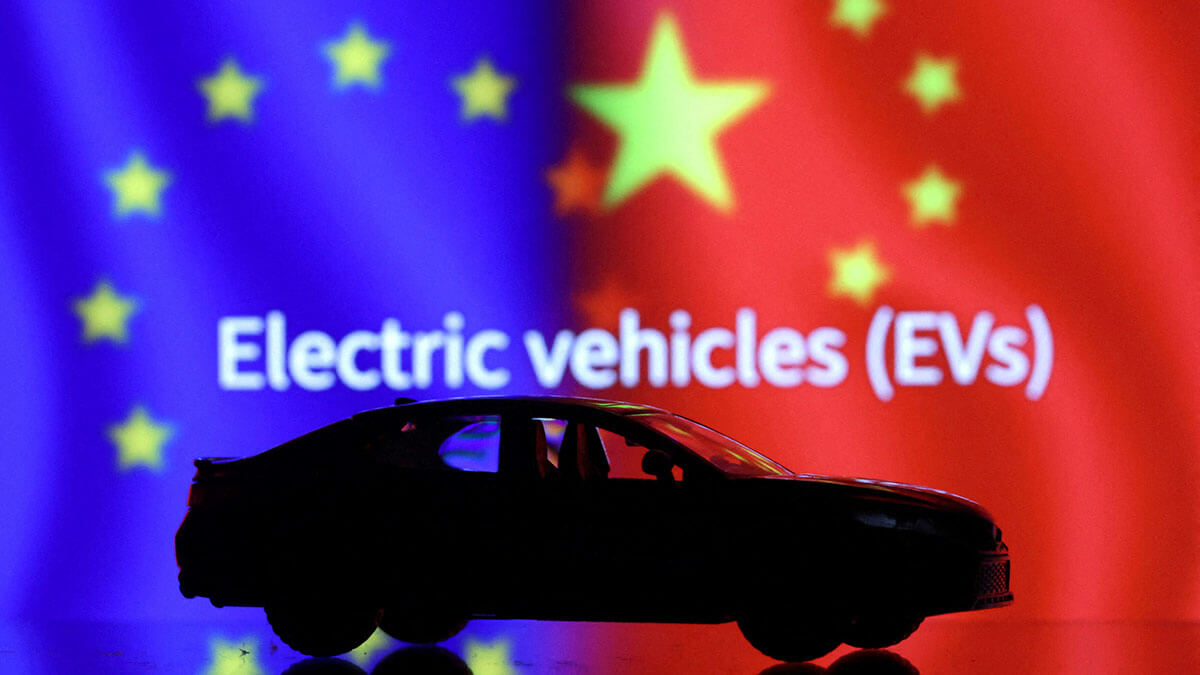
The Chinese Chamber of Commerce in Brussels has condemned these measures, accusing the EU of ‘protectionism’ and warning that they will only exacerbate trade tensions. Meanwhile, the US also increased tariffs on Chinese electric car imports from 25 to 100 per cent in May in an attempt to curb China's advance in this sector, an issue that has become particularly relevant in the presidential election campaign coming up in November.
This tightening of trade policies towards China reflects growing concern in the West about the impact of Chinese trade practices on global competitiveness and the protection of its strategic industries. The measures adopted by Canada and other regions such as the United States and the European Union underline a shift towards a more protectionist approach, which could redefine international economic relations in the coming years. While these tariffs seek to protect local industry, they could also trigger retaliation and exacerbate tensions in an already volatile trade landscape, posing significant challenges for global trade and inter-power cooperation.


